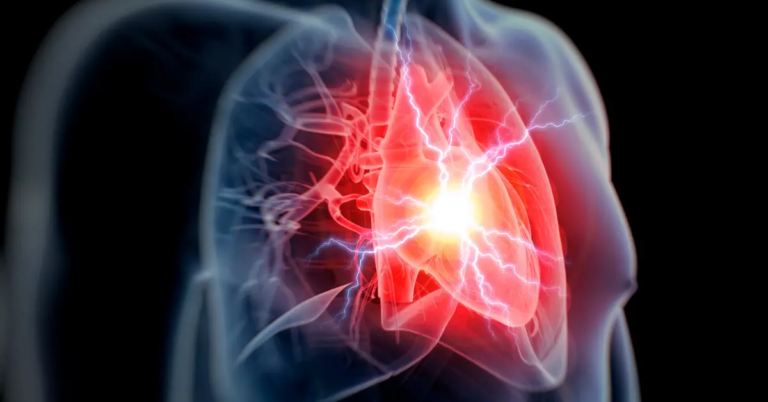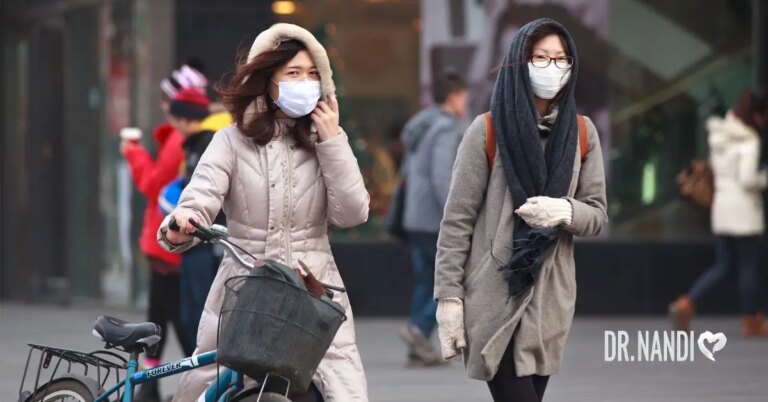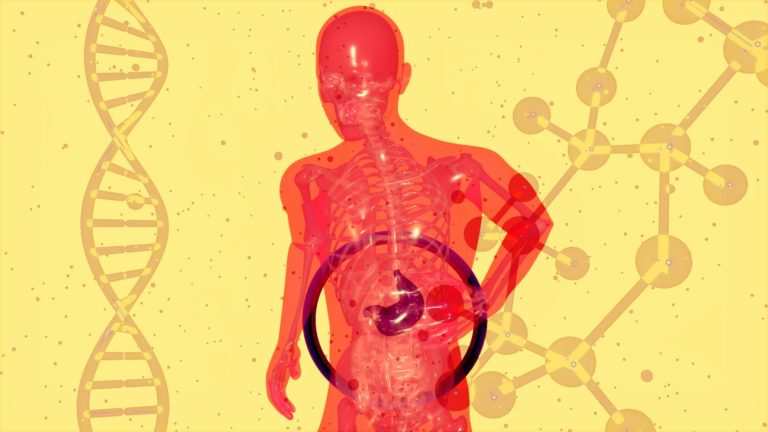Officially, the CDC reports the national number of “Persons Under Investigation” for the novel coronavirus is still 15. However, 300 Americans were just flown back to the United States on U.S. government-chartered planes after being evacuated from the Diamond Princess cruise ship quarantine in Japan. Of those 300 passengers, 14 tested positive for the virus, also known as COVID-19. You may be wondering why that didn’t nearly double the CDC’s count to 29. The CDC considers these patients “presumptive-positive” cases. It, therefore, has yet to confirm infection until they conduct their investigation. The evacuees were tested in Japan 2 to 3 days before boarding the flights home to the U.S. The CDC is running its tests to confirm infection. It isn’t to say the testing done in Japan was inaccurate or done incorrectly. Still, instead, the CDC has its protocol to follow.
All Passengers Quarantined
Despite almost two weeks of quarantine on the ship, all 300 passengers will be quarantined here in the U.S. for another two weeks. Everyone was taken to military bases for the remainder of their confinement. The 14 people who had COVID-19 were separated from the other 286 who didn’t have the virus on the flight home. And while treated at the military bases, they will continue to stay in isolation.
China’s Published Results
A paper was recently published with more details on the confirmed cases of this coronavirus. It is instrumental in helping the rest of the world understand how COVID-19 is affecting humans. The good news is that most people who get the virus come down with mild respiratory infections and then recover. COVID-19 also does not appear to be as deadly as other forms of the coronavirus, most notably SARS and MERS. So, hopefully, the number of cases in China will continue to decline, and we will find the epidemic levels of infection behind us. Of the 44,000 confirmed cases reviewed in the paper from China, here is the breakdown of disease (there is some overlap with fatal cases):
- 80% – mild form of respiratory illness
- 14% – severe illness including pneumonia and shortness of breath
- 5% – critical illness including respiratory failure, multi-organ failure, septic shock
- 2% – cases reported as fatal



















